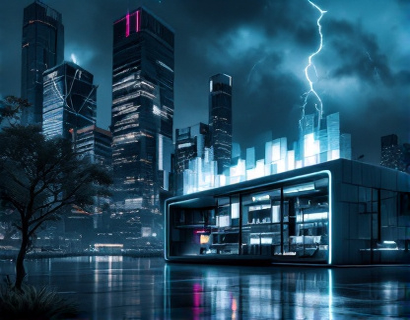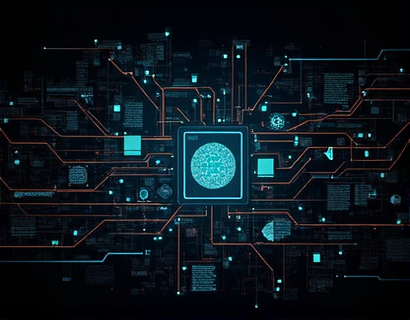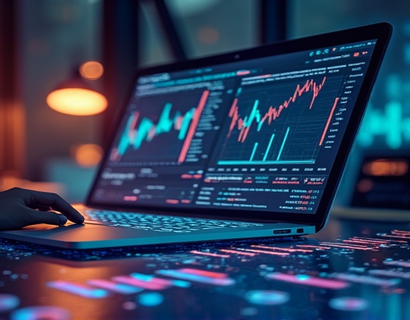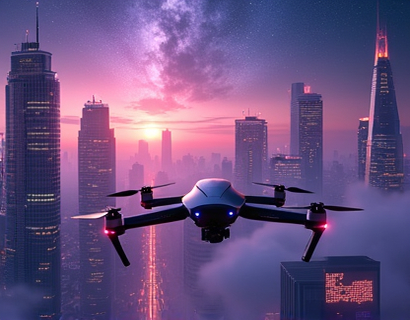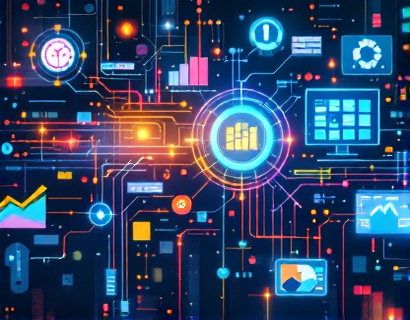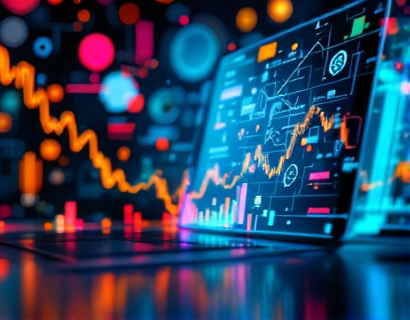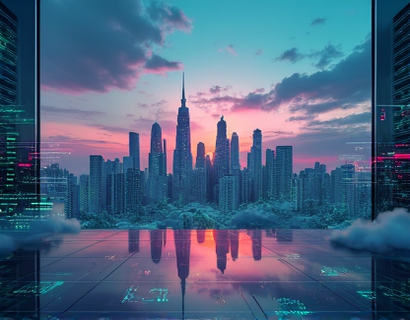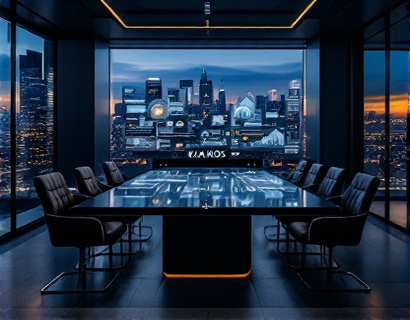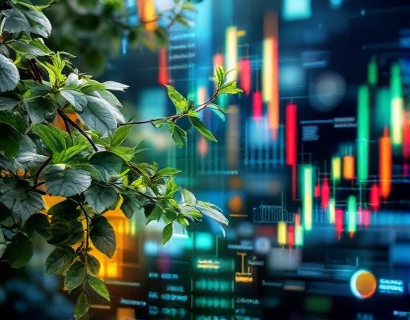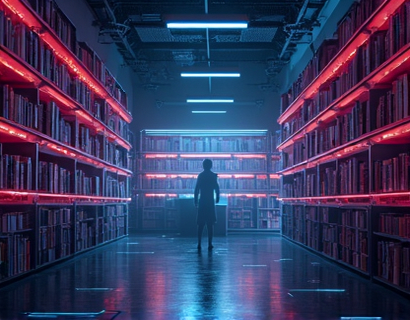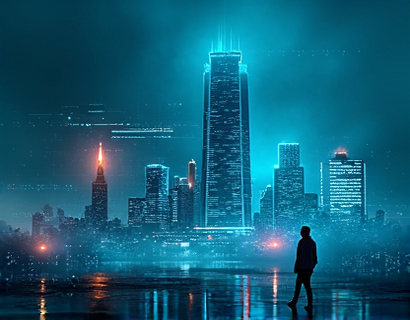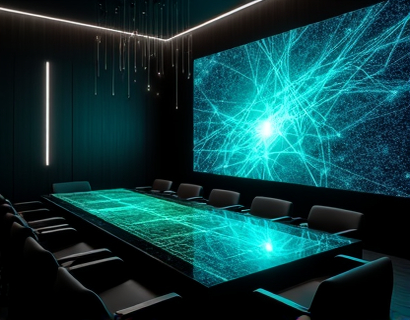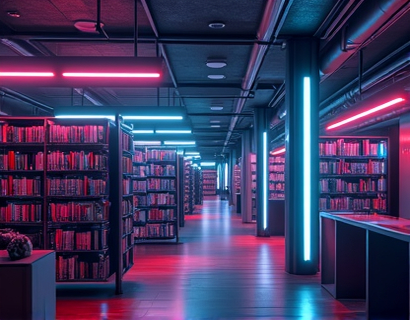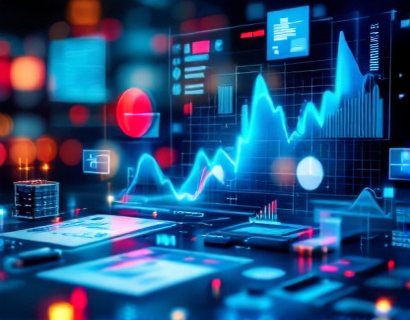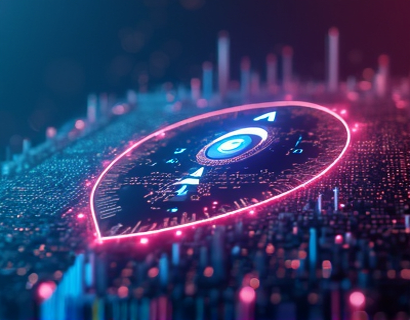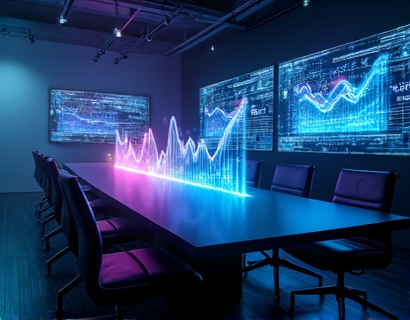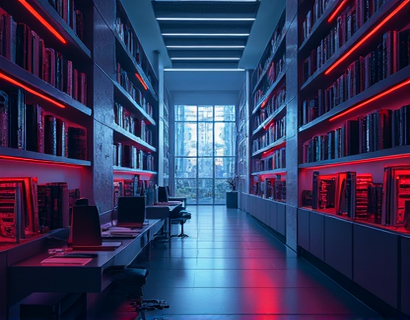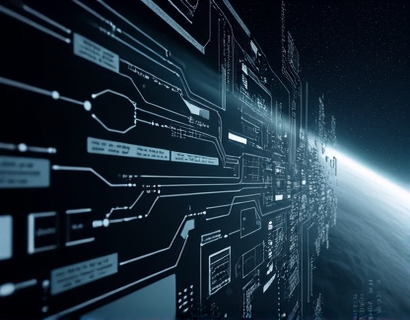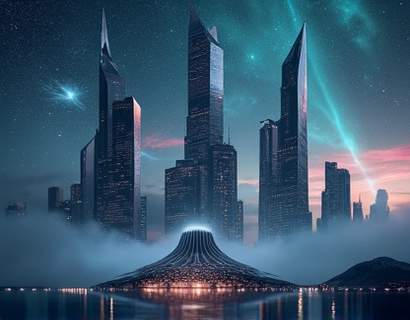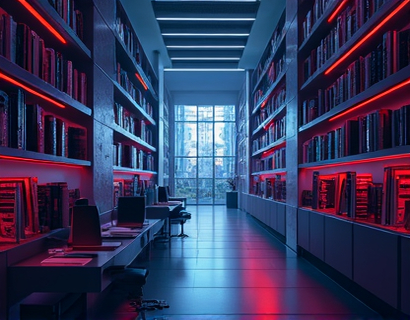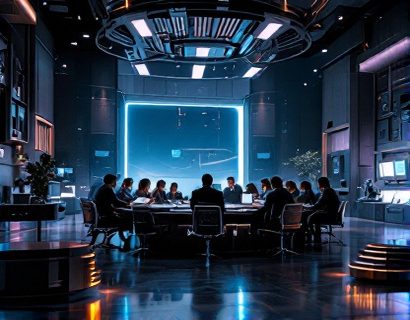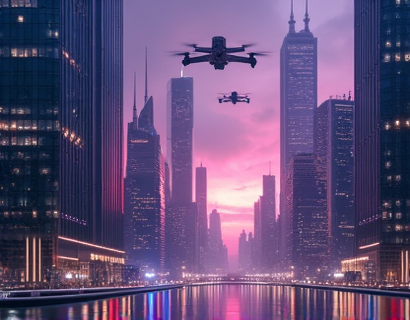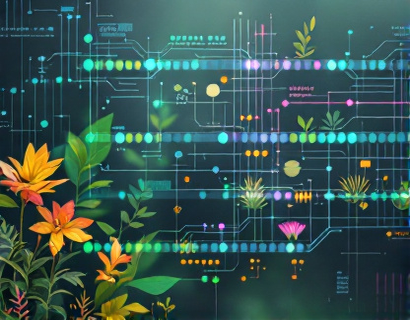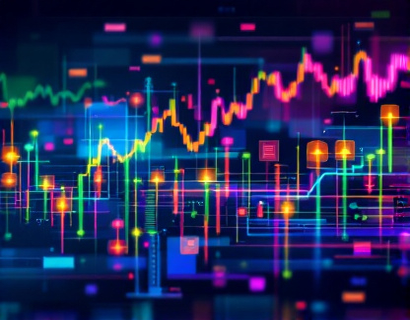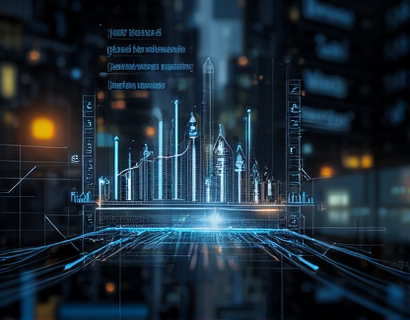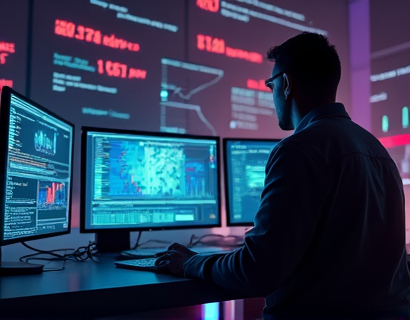Unlocking Digital Transformation: Converting Physical and Digital Assets into Enchanted Collectibles
In an era where technology and creativity converge, the concept of digital transformation has opened new avenues for individuals and communities to reimagine and repurpose their unique possessions. This article delves into the transformative journey of converting physical and digital assets into captivating digital collectibles, leveraging advanced online solutions to enhance value and allure. By joining a vibrant community of creative visionaries, one can unlock endless possibilities where innovation meets artistry, bringing assets to life in the digital realm.
The idea of digital collectibles is not new, but the methods and platforms that facilitate this transformation are evolving rapidly. Traditional collectibles, such as trading cards, figurines, and rare coins, have found a new life in the digital space. These digital counterparts offer unique advantages, including ease of storage, accessibility, and the potential for interactive experiences. The process of converting physical and digital assets into these enchanted collectibles involves a blend of technology, design, and storytelling.
Understanding Digital Collectibles
Digital collectibles are virtual items that hold value and appeal similar to their physical counterparts. They can range from simple digital images to complex interactive experiences. These collectibles are often stored in digital wallets or on specialized platforms, allowing collectors to showcase, trade, and even earn rewards based on their rarity and demand. The key to creating compelling digital collectibles lies in their uniqueness, scarcity, and the emotional connection they foster with collectors.
One of the primary benefits of digital collectibles is their ability to transcend physical limitations. Unlike traditional collectibles that require physical space and can be prone to damage or loss, digital collectibles exist in a virtual space, ensuring their preservation and accessibility. This makes them an attractive option for collectors who value convenience and security.
Technological Foundations of Digital Collectibles
The creation and management of digital collectibles rely on advanced technologies such as blockchain, NFTs (Non-Fungible Tokens), and decentralized platforms. Blockchain technology provides a secure and transparent way to verify ownership and provenance, ensuring that each digital collectible is unique and authentic. NFTs, built on blockchain, serve as digital certificates of ownership, making it possible to buy, sell, and trade these collectibles with confidence.
Decentralized platforms play a crucial role in the ecosystem of digital collectibles. These platforms allow creators to upload, manage, and monetize their digital assets without the need for intermediaries. They provide tools for artists and creators to design, mint, and distribute their digital collectibles, fostering a community-driven approach to digital asset creation.
Converting Physical Assets into Digital Collectibles
The process of transforming physical assets into digital collectibles begins with digitization. High-resolution scanning or photography captures the essence of the physical item, preserving its details and nuances. This digital representation can then be enhanced through graphic design software, adding effects, filters, and other artistic elements to create a unique digital artwork.
Once the digital asset is created, it can be minted as an NFT on a blockchain platform. This step involves specifying the asset's metadata, including its name, description, and any relevant attributes that define its uniqueness. The minting process generates a unique digital token that represents the collectible, ensuring its scarcity and authenticity.
For example, a rare vintage photograph can be scanned and enhanced to create a stunning digital image. This image can then be minted as an NFT, complete with a backstory and historical context that adds value and appeal. Collectors can purchase these digital collectibles and display them in virtual galleries or use them in augmented reality experiences, bringing the past to life in new and exciting ways.
Transforming Digital Assets into Collectibles
Conversely, digital assets such as digital art, music, and literature can also be transformed into collectibles. These assets often exist in various formats and may require specific tools and platforms to be converted into collectible forms. For digital artists, this process involves creating a unique digital piece and then converting it into an NFT.
The design and creation of digital collectibles from existing digital assets involve similar steps as with physical assets. The digital artwork is enhanced and optimized for the blockchain, ensuring it meets the technical requirements for minting. The metadata includes details such as the artist's signature, creation date, and any special features that make the collectible unique.
For instance, a digital painter can create a new piece specifically designed as an NFT, incorporating interactive elements or animations that enhance the viewing experience. This digital artwork can then be minted and sold to collectors who appreciate the fusion of digital art and collectible culture.
Community and Marketplace Dynamics
The success of digital collectibles is deeply rooted in the communities that form around them. Online platforms and forums serve as hubs where creators, collectors, and enthusiasts can connect, share ideas, and trade collectibles. These communities provide a supportive environment for learning and collaboration, fostering innovation and creativity.
Marketplaces dedicated to digital collectibles play a vital role in facilitating transactions and establishing value. These platforms offer tools for listing, bidding, and purchasing digital collectibles, ensuring a smooth and secure trading experience. They also provide insights into market trends, helping collectors make informed decisions and creators understand the demand for their work.
For example, a digital collectible marketplace might feature a section for rare digital art, where collectors can browse and purchase unique pieces. The platform could also host virtual exhibitions and auctions, adding a layer of excitement and exclusivity to the collecting experience.
Enhancing Value and Allure
To enhance the value and allure of digital collectibles, creators and platforms focus on several key factors. Uniqueness and scarcity are paramount, as they drive demand and desirability. Limited edition releases or exclusive collaborations can significantly increase the value of a digital collectible.
Storytelling is another crucial element. A compelling backstory or narrative surrounding a digital collectible can deepen its emotional impact and cultural significance. For instance, a digital collectible based on a legendary character from a popular series can be more appealing if it includes exclusive content or insights into the character's development.
Interactivity and engagement also play a significant role. Digital collectibles that offer interactive features, such as animations, sound effects, or even virtual reality experiences, provide a richer and more immersive experience for collectors. These elements not only enhance the collectible's appeal but also justify a higher price point.
Future Trends and Innovations
The landscape of digital collectibles is rapidly evolving, with new technologies and trends shaping the future of this space. One such trend is the integration of augmented reality (AR) and virtual reality (VR) into digital collectibles. AR and VR technologies allow collectors to experience digital collectibles in a more immersive and interactive way, blurring the lines between the physical and digital worlds.
Another area of innovation is the use of decentralized finance (DeFi) principles to create more dynamic and interactive marketplaces. DeFi platforms can offer new ways to monetize digital collectibles, such as through staking, lending, and yield farming, providing additional revenue streams for collectors and creators.
Furthermore, the rise of Web3 technologies promises to revolutionize the way digital collectibles are created, traded, and experienced. Web3 platforms prioritize user sovereignty, privacy, and interoperability, creating a more open and inclusive ecosystem for digital collectibles.
Conclusion
The transformation of physical and digital assets into enchanted collectibles represents a exciting intersection of technology, creativity, and culture. By leveraging advanced online solutions, individuals can breathe new life into their unique possessions, creating captivating digital experiences that hold value and appeal. As the community of creative visionaries continues to grow, the possibilities for digital transformation are endless, offering a glimpse into a future where the boundaries of art, collectibles, and technology are continually pushed and redefined.



